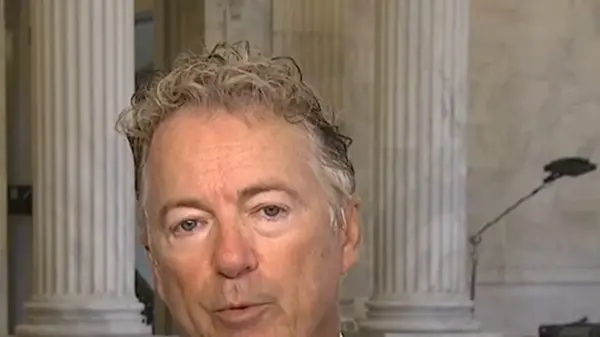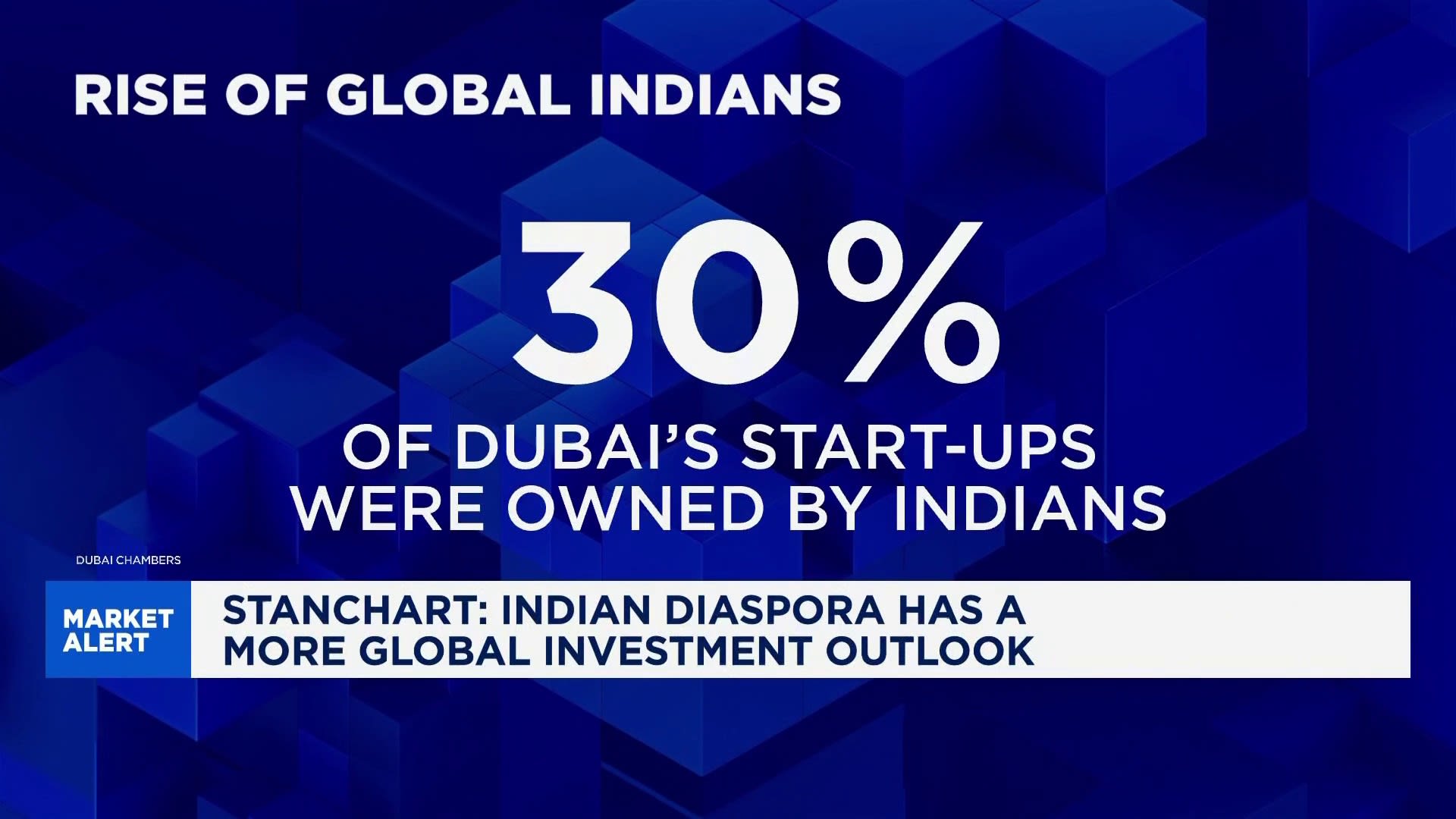Recent trends reveal a significant shift in investment strategies among India’s high net worth individuals (HNWIs). According to the latest report from Morgan Stanley, the wealthiest individuals in India are increasingly diversifying their portfolios in response to global economic changes.
As of the financial year 2023, approximately 43% of HNWIs are directing their investments towards equities, while 25% are opting for real estate. This diversification reflects a growing confidence in the market, as well as an adaptation to evolving economic conditions.
Investment Trends Among India’s Wealthy
The report by Credit Suisse highlights that India’s HNWIs are not only focusing on traditional investments but are also exploring private equity and alternative investments. These strategies are becoming increasingly popular as investors seek higher returns and greater stability in uncertain markets.
The rise in interest in real estate investments is particularly noteworthy. HNWIs are recognizing the long-term value of property in urban areas, driven by an expanding middle class and increased demand for housing. In major cities like Mumbai and Bengaluru, property prices have seen a steady increase, making real estate an attractive option for wealth preservation and growth.
Challenges and Opportunities Ahead
While the outlook for HNWIs in India appears optimistic, challenges remain. Global economic factors, such as fluctuating interest rates and geopolitical tensions, could impact investment returns. Nonetheless, many investors are viewing these challenges as opportunities to innovate and adapt their strategies.
The trend towards alternative investments is an illustration of this adaptability. HNWIs are increasingly turning to assets such as hedge funds, commodities, and even cryptocurrency as they seek to hedge against inflation and market volatility.
In conclusion, India’s high net worth individuals are reshaping their investment landscapes through strategic diversification. With a focus on equities, real estate, and alternative investments, they are positioning themselves to navigate the complexities of the global economy effectively. As these trends continue to develop, the financial landscape for HNWIs in India is likely to evolve further, driven by both domestic and international factors.






































































